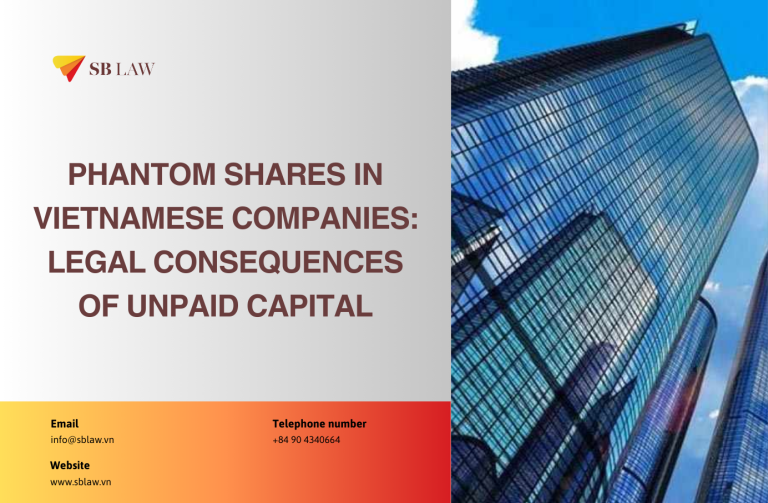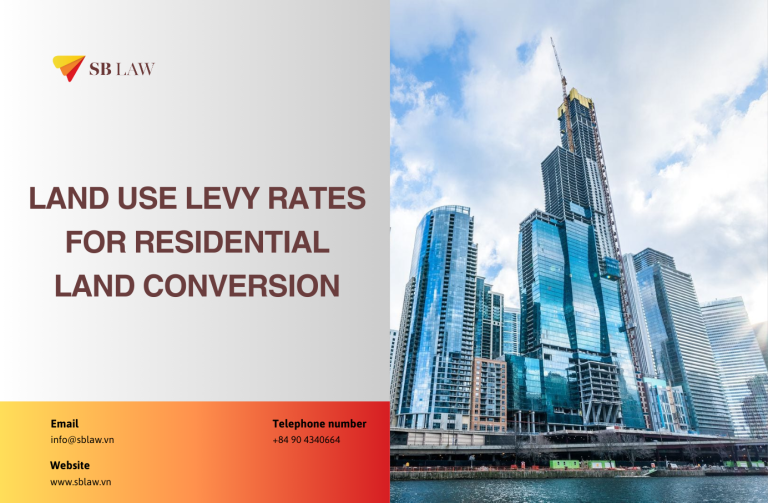SBLAW would like to introduce the article of Mr. Pham Duy Khuong - Partner of SBLAW on Vietnam Law Magazine with the following content:
ntellectual property (IP) infringements in Vietnam, including infringements upon well-known trademarks, have prevalently occurred with subtle tricks and are considerably difficult to control. These have caused damage not only to businesses but also to customers.
According to Ministry of Science and Technology statistics, the number of IP infringement cases has complicatedly increased in Vietnam. Infringements upon well-known trademarks occur in various fields from clothing, cigarettes, food and beverage, etc. to all kinds of industrial machinery. Counterfeit products are publicly sold in the market at half or even one-third of authentic products’ prices.
From 2012-2015, the authorities handled 18,329 cases with signs of IP infringement, producing and trading counterfeit goods, with administrative fines up to VND 73 billion, and prosecuted 120 cases of counterfeiting and IP infringement with 196 defendants.
IP infringements in general and trademark infringements in particular harm genuine businesses, cause confusion, reduce customer trust in protected products as well as cause damage to customers who buy counterfeit goods.
According to current regulations, manufacturers, importers, traders and storers of counterfeit or trademark-infringing products could be fined up to VND 250.000.000 (about USD 12.000) and the infringers could face imprisonment.
In spite of those strict punishments, and IP and trademark infringements remain widespread due to the fact that some businesses lack information and some try to take advantage of the reputation of famous brands.
Our many years of experience in resolving trademark infringements show that taking advantage of the reputation of famous brands is an easy way to earn profit and many companies and manufacturers use it as a quick way to develop their own brands. The infringers often try to manufacture the counterfeit/ infringing products in Vietnam. However, with some kinds of products which could not be manufactured locally, the infringers import them, most of which originate from China.
For locally made products, the most important thing in dealing with the infringing act is to figure out the location of the manufacturer as well as the warehouse where a large volume of counterfeit/infringing products is stored. But handling the imported goods is more complicated.
If the imported products are smuggled goods, the IP rights owner may only take action against the distributors who sell the counterfeit/infringing products on the market. Because it is an impossible mission, in this case the IP rights owner needs to cooperate with competent authorities to prevent the smuggling.
If the imported products are imported legally, according to the current Intellectual Property Law and Customs Law, the IPs owner has the right to request customs authorities to watch and temporarily cease the importation, known as the border control measure, if such products have been proved to be infringing or counterfeit.
Accordingly, the IP rights owner should submit the documents attesting to its rights (certified copies of certificates of registration or other adequate documents) and the documents relevant to the goods, including a list of authorized importers, mode of importation of genuine goods, description of how to distinguish the genuine goods from infringing ones, documents on the origin of genuine goods, pictures of genuine goods, and notarized and legalized power of attorney (in case the application is filed through a local IP agent in Vietnam). Within 20 days after receiving the application, the customs office will send the applicant a notice stating whether it accepts or rejects the application. The validity term of the application and enclosed documents is one year from the date of the acceptance notified by the customs office and extendable for a further one year upon the request of the applicant. Then, the IP rights owner must re-file a new application if it would like to continue monitoring the imported goods.
 |
| From 2012-2015, the authorities handled 18,329 cases with signs of IP infringement, producing and trading counterfeit goods__Photo: Internet |
However, even that the request of the IP rights owner has been accepted by the customs to take the border control measure, it is still difficult to discover and handle the counterfeit/infringing goods.
One of our clients who is a famous manufacturer in the field of chemistry materials used in water purification is a victim of counterfeit products. Although the client had already requested the customs to perform the border control measure and the infringers had been punished, they continue to import and distribute counterfeit products on the market.
It means that border control measure is not a powerful tool for preventing importation of counterfeit/infringing products due to some difficulties arising recently. Vietnam has applied the clearance automatic system (VNACCS) for importation, and it necessitates the issuance of guidelines for the border control measure because VNACCS changes in nature this measure.
Before VNACCS is applied, custom registration and custom clearance need to be performed directly by the customs agents but now they are automatically performed by VNACCS based on the lines of goods as specified by the system (green, yellow and red lines based on the risk of goods as classified by the customs in which goods in green lines will be exempted from physical inspection). Therefore, the system only checks the information provided by the importers and it could only find out the counterfeit/infringing products if the information is same/similar to the protected trademark. However, the information of trademark on the registration form is not compulsory. If an importer does not provide the trademark of goods or the trademark appearing on goods is different from the information on the registration form for importing green line goods, it is impossible to discover the counterfeit/infringing goods in this stage.
Another challenge in performing the border control measure is some loopholes in the Law on Customs and IP Law as well as the unclear regulations of the IP Law on this matter. According to the IP Law, customs authorities may decide at their own discretion to apply administrative and preventive measures such as caution or monetary fine, temporary custody of persons, infringing goods and material evidence, etc. for handling counterfeit/infringement products if they find out these goods without the request of IP right owners. However, there are not yet clear regulations for guiding this power concerning the procedure and the compensation responsibility of customs authorities in case their conclusion is wrong. In addition, the Customs Law does not regulate this power of customs authorities.
Furthermore, it is also difficult to handle infringers according to the criminal procedures because the current Penal Code does not have clear provisions on the signs of crimes related to intellectual property rights.
In order to resolve the above situation, it is required to issue detailed guidelines on the border custom measure that are suitable with the VNACCS procedure applied by customs authorities, especially with the power of customs authorities to detect, check and handle the products which are alleged to be counterfeit or infringe upon the protected trademarks or other protected IP rights in Vietnam, and on the exemption of authorities from the responsibility for all claims or requests for compensating the damage that may arise during the settlement of infringements.
In particular, the lawmakers should accelerate the issuance of the new Penal Code so that the court could impose strict punishments on the infringers.
Although enforcement of IP rights in Vietnam has seen a lot of improvement, it is still a challenge for authorities to identify, verify and handle infringements. Therefore, the law should be further changed to deal with the complicated and sophisticated development of counterfeit products.-
 |
Hanoi Office: Fl 18, Center Building, Hapulico Complex, 85 Vu Trong Phung Street, Thanh Xuan District, Hanoi. Tel: (84) 4 62 62 0246 | Fax: (84) 4 66 64 0246 Hotline: 0904 340 664 |
HCM City Office: 5 Floor, VTP Building, No.8 Nguyen Hue Street, Ben Nghe Ward, District 1, HCM City |




